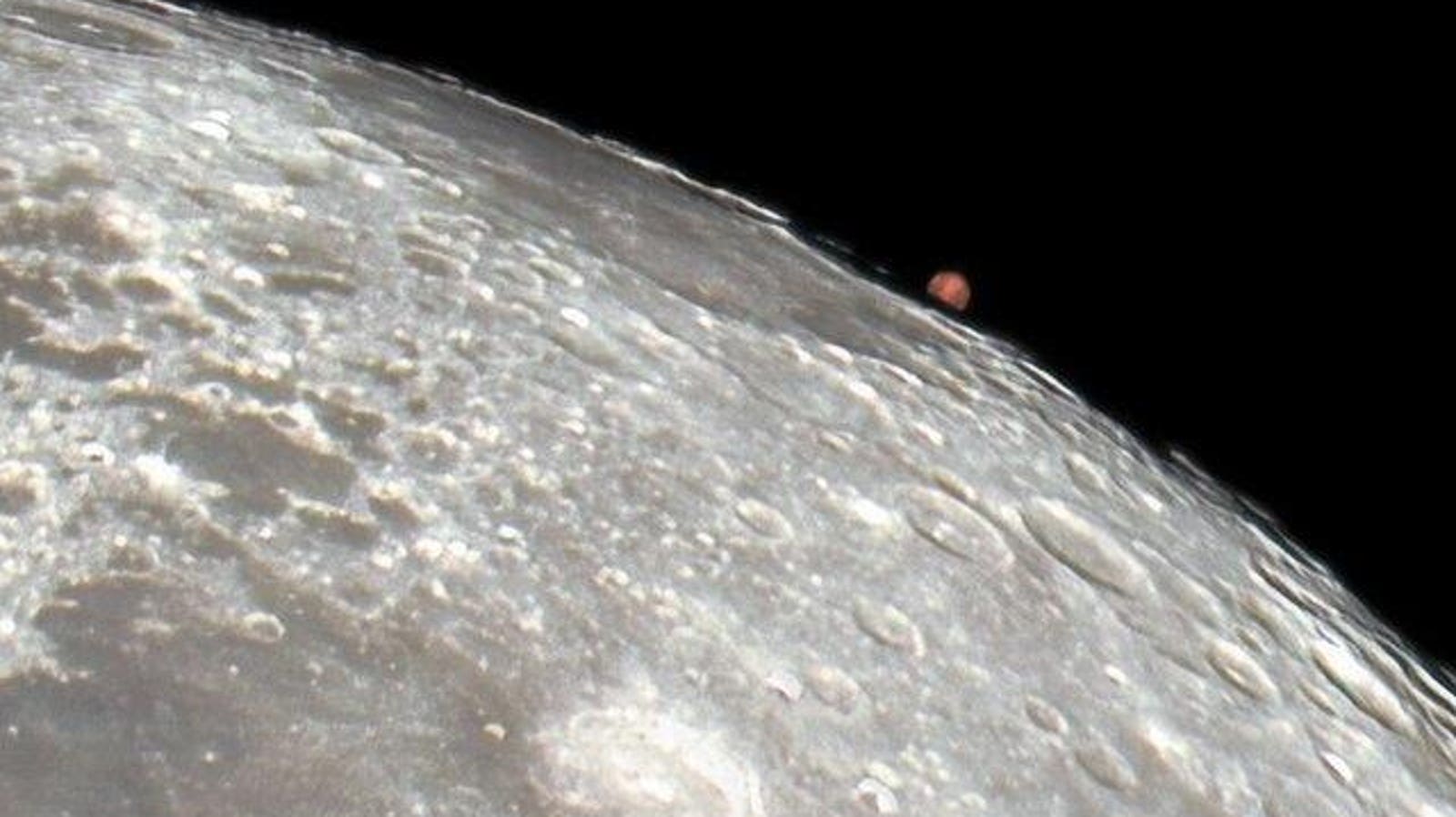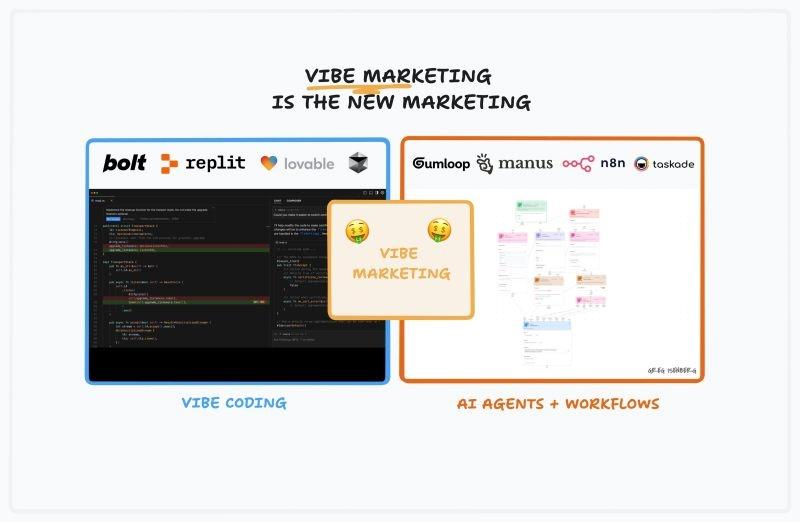In an alignment of celestial bodies, Mars was captured here rising out of a lunar occultation on 13 … More
Each month, I pick out North America’s celestial highlights for the week ahead (which also apply to mid-northern latitudes in the Northern Hemisphere). Check my main feed for more in-depth articles on stargazing, astronomy, eclipses and more.
Stargazers in the Northern Hemisphere have a complicated relationship with June. It’s a great month to get outdoors to go hiking and camping, but with the solstice coming on June 20, the hours of true darkness are short.
So what’s a stargazer to do? Stay up late and make those short nights count! Here’s everything else you need to know about stargazing and the night sky in June 2025:
1. A Low-Hanging ‘Strawberry Moon’ Rise
When: local moonrise during dusk on Tuesday, June 10 and Wednesday, June 11, 2025
Where: eastern horizon
Tonight’s full strawberry moon will appear on the southeastern horizon just as the sun sets in the west, then hang low all night. This is its “lunar standstill,” when it rises as far southeast as it ever does during its 18.6-year cycle. The moon actually reaches 100% illumination at 3:45 a.m. EDT on June 11.
The full Strawberry Moon sets behind the Statue of Liberty before sunrise on June 4, 2023, in New … More
2. Mars And Regulus
When: after sunset on Monday, June 16, 2025
Where: western sky
In the west, after sunset tonight, two lights will shine very close to one another — reddish planet Mars and blueish star Regulus. The brightest star in the constellation Leo, “the Lion,” Regulus, is 78 light-years distant. It and Mars will be less than a degree apart tonight and June 16.
3. Crescent Moon And The Pleiades
When: before sunrise on Monday, June 23, 2025
Where: eastern sky
In the east-northeast, a slender waning crescent moon will be under half a degree from the Pleiades, a spectacular open cluster of stars also called the “Seven Sisters” and M45. As a bonus, Venus will shine brightly nearby.
The Great Clobular Cluster in Hercules, also known as Messier 13 or NGC 6205, is a globular cluster … More
4. The Great Globular Cluster In Hercules
When: any night in June
Where: high up in the eastern sky
June is the best time to point a small telescope at the constellation Hercules close to the bright star Vega. Also called M13, it’s a dense ball of thousands of ancient stars that orbits in the halo of our Milky Way galaxy. It’s about 22,000 light-years from the solar system.
5. Crescent Moon And Mercury
When: after sunset on Friday, June 27, 2025
Where: western sky
If you’ve never seen the tiny planet Mercury, here’s a great chance to see it with a moon at its spectacular best. A slender 9%-lit waxing crescent moon will shine to the upper-right of tiny Mercury, visible just above the western horizon.
Noctilucent clouds above the city Mannheim in Germany, photographed on June 21, 2019.
6. Noctilucent Clouds
When: June 30-July 21, 2025
Where: northern sky
During twilight, look to the northern sky from the Northern Hemisphere for high altitude noctilucent clouds, web-like “space clouds” that grow as ice crystals form around dust in the high atmosphere left by meteors.
7. Crescent Moon And Mars In A Close Conjunction
When: after sunset on Sunday, June 29, 2025
Where: western sky
This is June’s celestial highlight — a very close conjunction of the moon and Mars. Taking place after sunset in the west, the moon and Mars will appear less than a fifth of a degree apart. That’s super close.
Wishing you clear skies and wide eyes.







